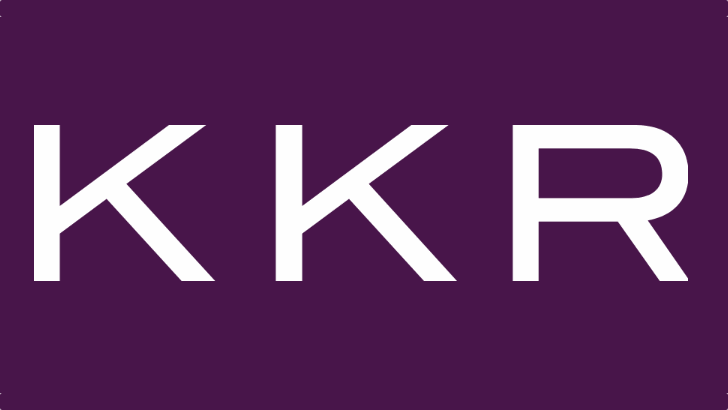KKR 2021 Sustainability Report: Employee Ownership at Work

Since 2011, we have focused on employee ownership and engagement as key drivers in building stronger companies throughout our private equity portfolio, first with our Americas Industrials investments and now more broadly across sectors and regions. The centerpiece of the strategy has been:
- Seeking to make everyone in the company an owner by granting to all employees the opportunity to participate in the growth of a company’s equity directly alongside KKR
- Investing in employees through a variety of portfolio company activities ranging from “worker voice," specifically delegating certain decision-making rights deep inside of a company, to improving safety and rolling out functional training programs to support a stronger workforce
- Engaging with the community by collaborating with nonprofit organizations that will benefit from our companies, products, skills, or services and help improve the quality of life of others
Since 2011, KKR's employee ownership program has awarded billions of dollars in equity to over 45,000 non-management employees across over 25 portfolio companies.
IN DIALOGUE: PIONEERING A NEW WAY OF DOING BUSINESS
Pete Stavros Co-Head of Americas Private Equity (New York)
Q: How was this initiative born?
A: Growing up in Chicago as the son of a construction worker, I had a front row seat to the life of a blue-collar worker. Earning an hourly wage is the ultimate form of misalignment. Workers want more hours (and overtime when possible), while employers want just the opposite. There is no shared incentive for productivity, quality, or customer satisfaction. My dad had always advocated for profit sharing at his union as a way to better align incentives. I was fortunate enough to work on an employee stock ownership plan 25 years ago and then studied this model intensively at business school. Years later, when I was leading U.S. Industrials investing at KKR, I had the opportunity to put the model of shared ownership and enhanced alignment into effect.
Q: What have you learned from implementing the employee ownership model?
A: We have seen first-hand the positive results of combining shared ownership with efforts around employee engagement. One key learning is that the model works best when the company’s leadership is passionate about the model because it does involve a tremendous amount of additional communication, education, and training. It is much more complicated than simply handing out stock ownership. We’ve also learned that the program is most effective when it is combined with financial literacy training. This ensures workers fully digest the financial information shared with them and that they make the most out of the stock they earn.
Q: What other employee engagement strategies have you found successful? How do you track performance?
A: We have experimented with “worker voice,” specifically delegating certain decision-making rights deep inside of a company. So, for example, inside a factory that would involve asking employees to decide how a portion of the capital expenditures should be spent. Investing in employees and showing them they are cared for is another example – whether it be through new break rooms, building on-site health clinics, improving safety, or simply sharing information transparently. To track our impact, we look first at employee metrics such as employee engagement, safety, and the voluntary turnover rate. Secondarily, we look at company metrics such as levels of productivity, quality, and on-time delivery.
Q: Looking ahead, what’s next?
A: We have a lot of momentum and aim to grow this model of employee engagement across the many strategies and regions we operate in. Recently, we also joined with 60 cross-sector partners to launch Ownership Works, a new nonprofit on a mission to increase prosperity through shared ownership at work by developing and implementing broad-based employee ownership programs. Having seen the progress we have made at KKR in our portfolio thus far, we are excited at the prospect of how much more of an impact we can make as we join forces across the industry and the broader economy.

